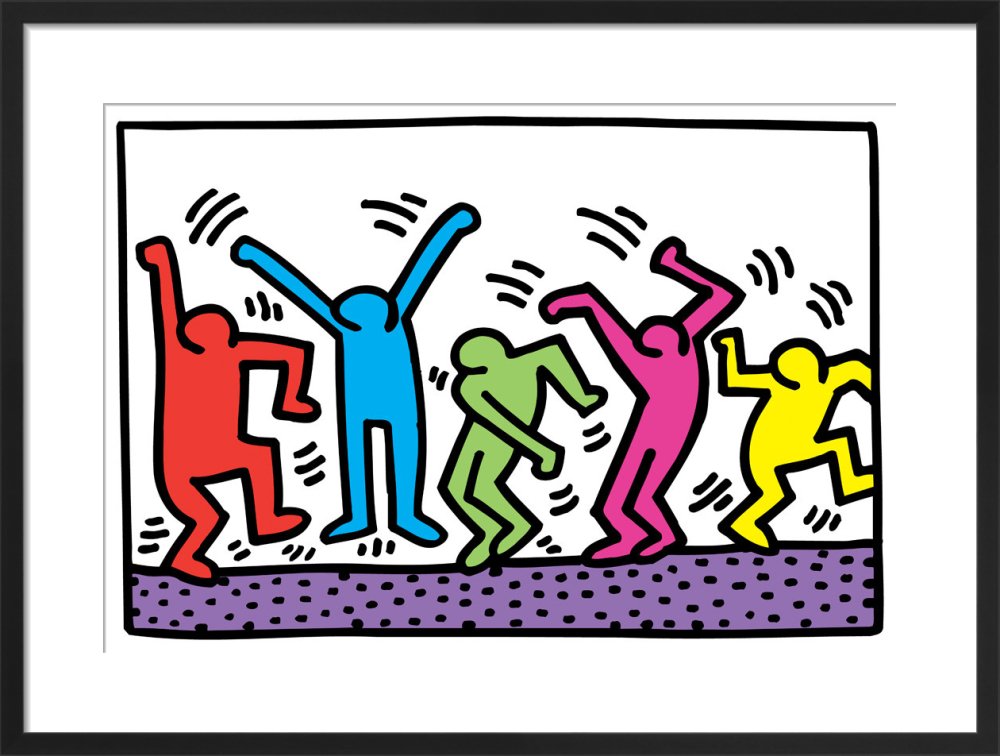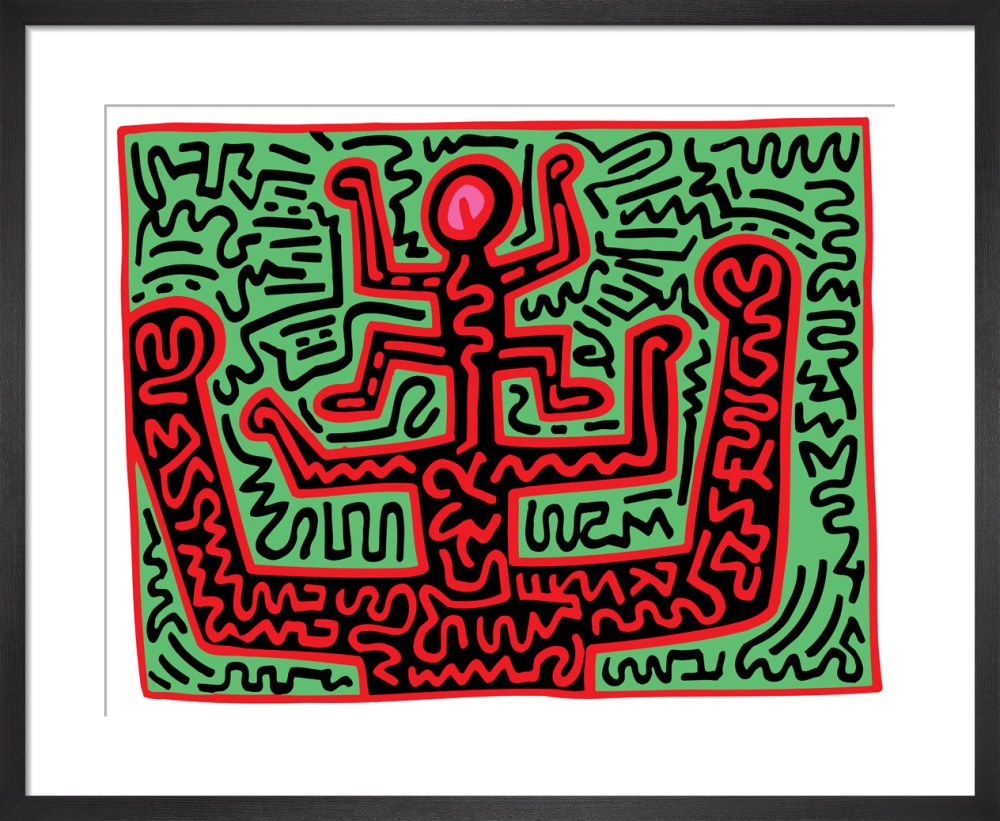Keith Haring may have been an American street artist from the 1980s, but his semi-naked human figures still illuminate the pop art scene today.
They called it “a visual language” in the heart of New York City. Aliens hovered over cheese-like pyramids, baby’s glowed in bold, bright blues, and barking dogs embraced each other alongside dancing slender men. These were just some of the outrageous things artist Keith Haring was known for.
His pop art career that started on the streets soon fell into the rebellious subculture back in the 80s. The subway was his canvas, which is not the wrong audience for a starving artist. It was here that thick black paint or white chalked rims formed outlines of various figures that many thoughts were based on Egyptian hieroglyphics.

Once he stopped running from police, the young genius of America became so iconic worldwide for the wild figurines that once he was accepted into the arms of the A-listers, he never turned back. After transforming his designs into physical products, like magnets, sweatshirts and even tennis shoes, Haring’s first Pop Shop in 1986 soon became a global triumph.
From gigantic murals to gallery exhibits, his time in the limelight rubbed shoulders with pop icon Andy Warhol and neo-expressionist painter Jean-Michel Basquiat. Bringing art out of the galleries and back into the outside world gave people hope in times of trouble.

His greatest strength was his ability to strip the human form and create a certified language embedded in symbols and semiotics. With no signature, each pop art piece formed an identity of its own under his umbrella empire.
This year, Keith Haring would have been 64 years old. But like many artists in that era, the dreaded HIV caught up to him as he passed aged 31. Since then, The Keith Haring Foundation has been set up to preserve his legacy and provide grants for children in need or affected by HIV/AIDS.

